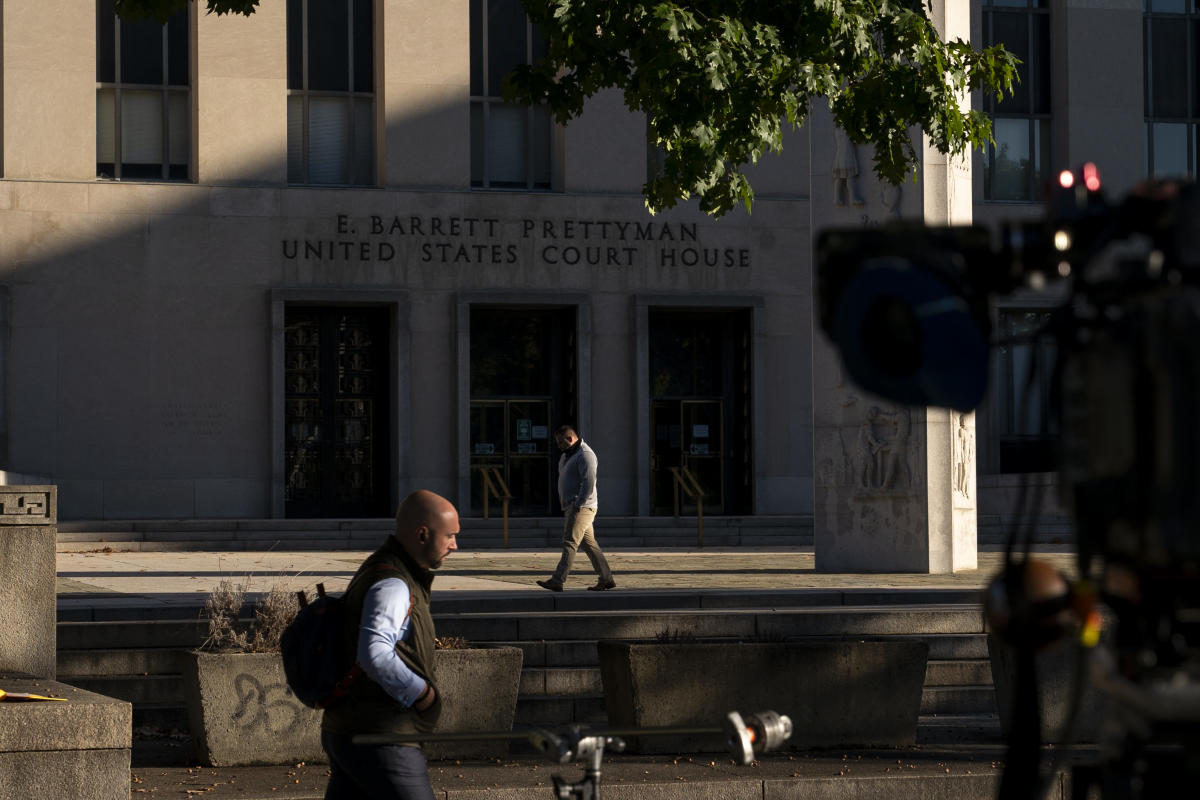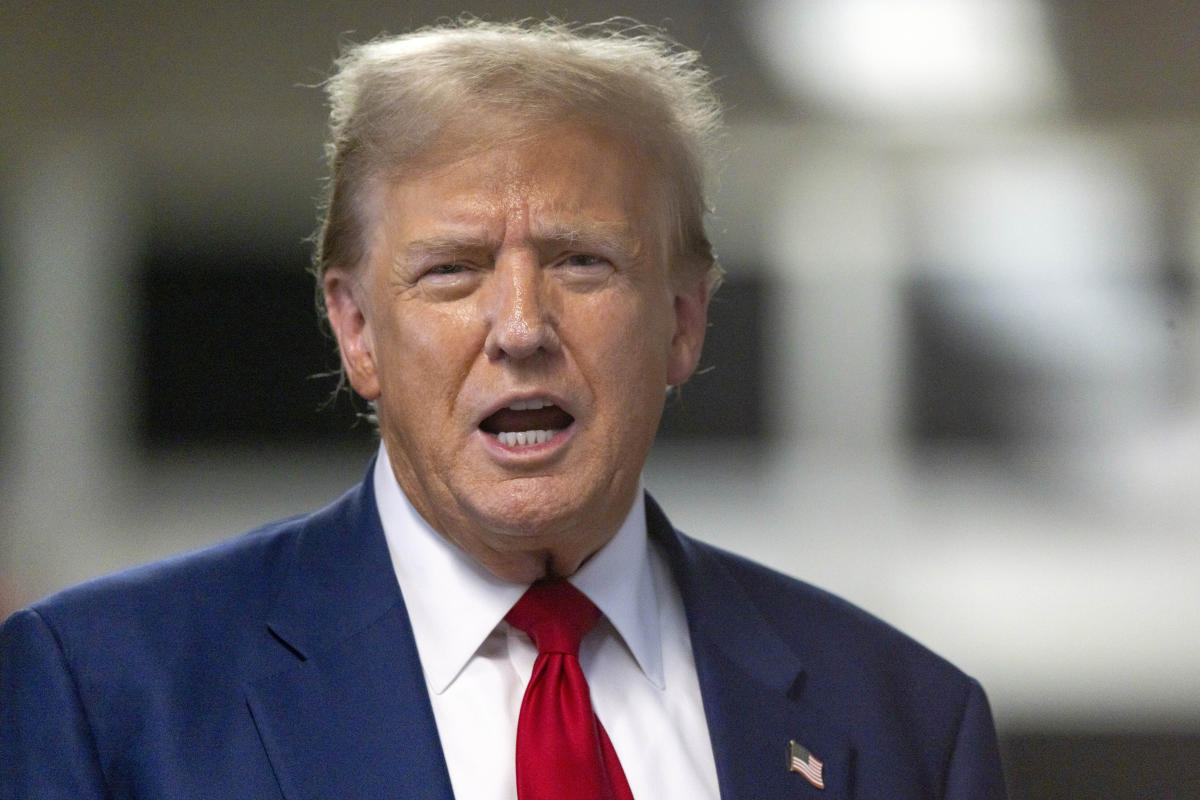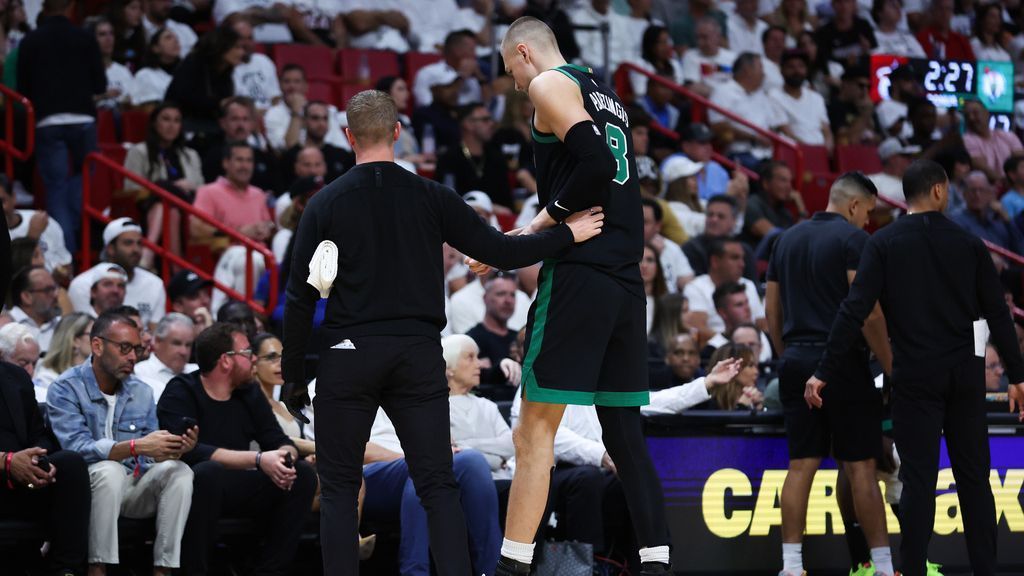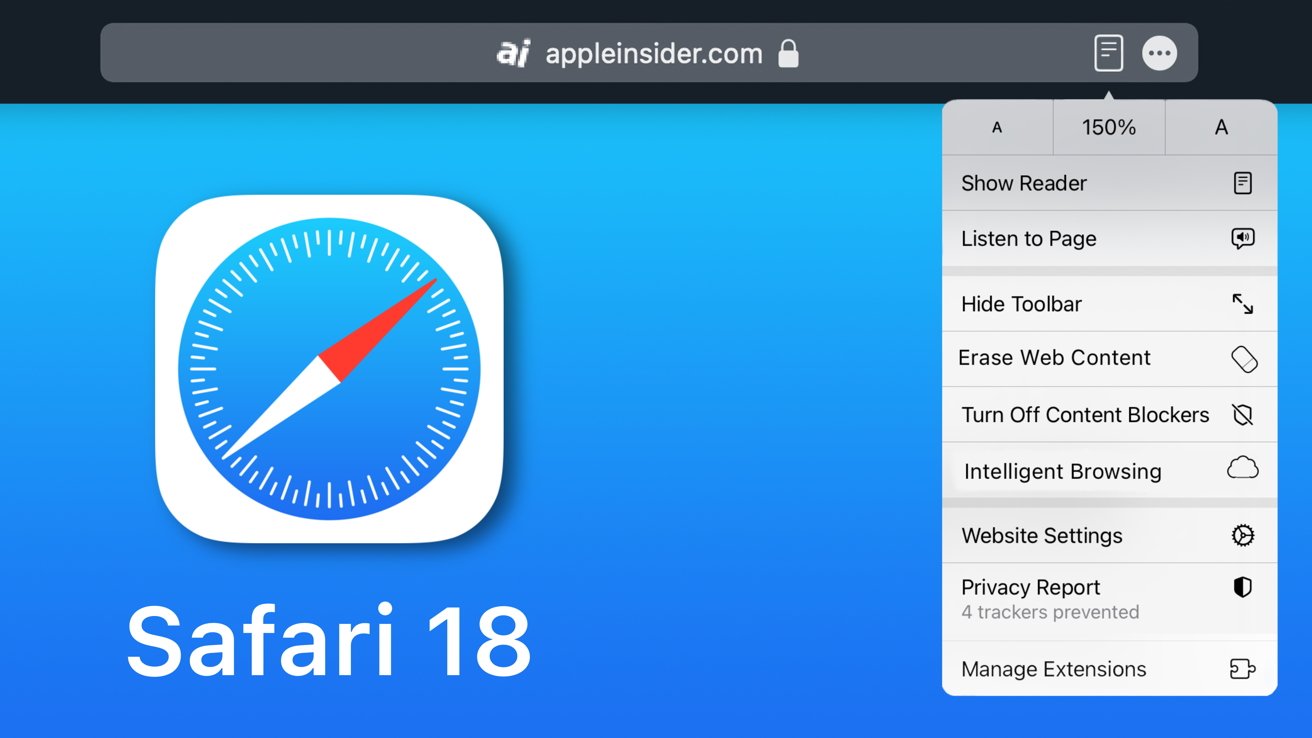WASHINGTON — In a pair of filings this month, news organizations asked a federal judge in Washington to allow live television coverage of the trial of former President on charges that he conspired to undermine the 2020 election. They face a distinctly uphill fight.
A federal rule of criminal procedure stands in their way, and the Supreme Court has long been wary of cameras in courtrooms, notably its own.
Sign up for The Morning newsletter from the New York Times
But one of the applications, from the corporate parent of NBC News, made an intriguing backup argument, one grounded in the text of a key roadblock to live television coverage: Rule 53 of the Federal Rules of Criminal Procedure.
If nothing else, the application said, Rule 53 allows the court to record the proceedings for posterity.
The rule prohibits “the broadcasting of judicial proceedings from the courtroom.” NBC’s application bears down on the last three words, making the case that audio and video of the trial may be distributed in ways other than by broadcast “from the courtroom.”
That argument, relying on the plain words of the provision, is in keeping with a mode of statutory interpretation known as textualism that is often embraced by conservatives. NBC argued that relaying a video feed from the courtroom to its studios, say, and then broadcasting it to the public, perhaps after a brief delay, would not run afoul of the rule.
That argument might strike some as too clever. But it does point to a more fundamental one: The judge overseeing the case, Tanya Chutkan, could authorize audiovisual recordings to be created and then released in due course, responding to the claims not of the news cycle but of the historical record. That would not seem to be broadcasting from the courtroom.
Rebecca Blumenstein, the president of editorial for NBC News and a former deputy managing editor of The New York Times, asked Chutkan to do at least that much.
“At minimum, I urge this court to allow the video recording of proceedings for historical posterity,” Blumenstein said in a sworn statement submitted with NBC’s application. “It would be a great loss if future generations of Americans were forever deprived of being able to access and view the events of this trial even years after the verdict, which would immeasurably improve the ability of future journalists and historians to retell accurately and meaningfully analyze this unique chapter of American history.”
The second application, from a coalition of news organizations including the Times, pointed out that Chutkan’s courtroom “is already equipped to record and broadcast the criminal proceedings.”
“The district court courtrooms have cameras, which are used to stream proceedings to the overflow and media rooms,” the application said. “Indeed, for President Trump’s arraignment on Aug. 11, the court livestreamed proceedings to two separate media rooms for members of the media, as well as a public overflow room.”
That shows two things: Not all camera coverage is a broadcast from the courtroom, and creating a record of historical value would require minimal effort. The video could then be released after a short period — perhaps at the end of the day, or the week, or the trial.
There are some loosely analogous precedents.
In 1990, after he left office, President Ronald Reagan was questioned in the trial of a former aide by means of a videotaped deposition. A little more than a month later, after the jury saw the tape, the judge made it publicly available.
In 1998, President Bill Clinton gave grand jury testimony over closed-circuit television about his relationship with a White House intern. A month later, Congress released a recording of the testimony.
“This time,” NBC’s application said, “the former president himself is on trial for alleged conduct while he held the office of the presidency, so the need for the most direct, immediate public access to the proceedings possible is at its zenith. Americans — and history — should not lose the chance to see video of this watershed trial, which involves alleged conduct going to the heart of our democracy.”
In 2010, the Supreme Court blocked a plan to stream the trial of a challenge to Proposition 8, California’s ban on same-sex marriages, to courthouses around the nation. The details are unimportant; the court did not address the First Amendment; and a majority said it reserved judgment on the wisdom of cameras in the courtroom.
“The question whether courtroom proceedings should be broadcast has prompted considerable national debate,” the unsigned opinion said. “Reasonable minds differ on the proper resolution of that debate and on the restrictions, circumstances and procedures under which such broadcasts should occur. We do not here express any views on the propriety of broadcasting court proceedings generally.”
What is important is that the trial was nonetheless recorded for posterity and, after the Supreme Court denied review last year in a final appeal, it was made available on a federal court’s YouTube channel for citizens and historians to study.
c.2023 The New York Times Company

Amanda Smith is a dedicated U.S. correspondent with a passion for uncovering the stories that shape the nation. With a background in political science, she provides in-depth analysis and insightful commentary on domestic affairs, ensuring readers are well-informed about the latest developments across the United States.








